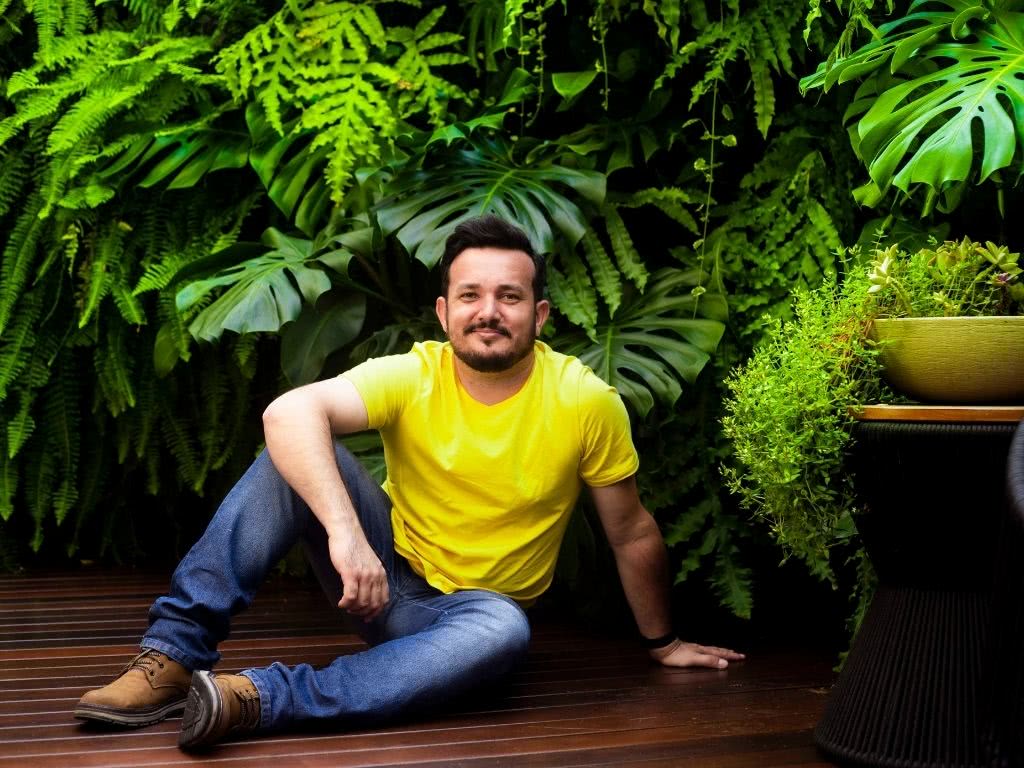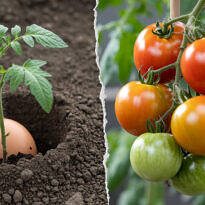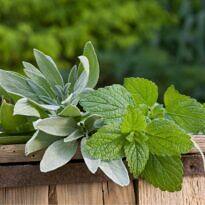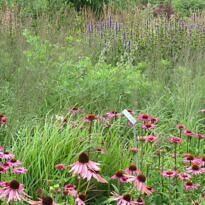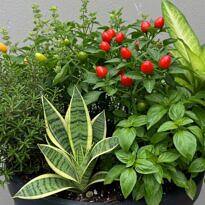Did you know that the plants you choose for your project reflect your style as a landscape designer? That is, each choice is unique and defines the essence of your vertical garden. However, some options are always on our mind, either because of their beauty or easy adaptation to the environment. In this article, we will understand how to choose the ideal plants for designing a unique vertical garden.
What does the client say?
Firstly, during your visit to the client, find out what their expectations are for the vertical garden. Present the different styles of vertical gardens such as formal and urban jungle, and show your portfolio so they can have an idea of the outcome.
After a good explanatory conversation about how the vertical garden is designed and how your service will be a solution for the client, take the opportunity to ask if there is any plant that cannot be missed in the project, or even species they would not like to be planted.
This alignment with the client will offer you a greater repertoire to hit the mark on the species and assemble a unique project that exceeds the expectations created. But remember: before the contract is signed, do not specify the plants, this is already your job, and these specific details are part of the creative process, therefore, only deliver them along with the project, after closing the sale.
Choosing the Species
Considering that the choice of plants will leave your mark/signature as a landscape designer on the final project, learning about the species and gaining experience is a very important step. So, always be informed about the conditions of the chosen species. Do not just rely on luck.
The first step to choosing the species is to know the environment and observe the limiting conditions both of the environment itself and of your region. Analyze whether it is a place that receives a lot of or little wind, has good or poor natural lighting, and whether it is a region with a warmer or colder climate. These climatic factors are essential for choosing the ideal species.
The second step is to pay attention to the aesthetics of the plants. Due to the size of the modules, a strategic selection must be made, so that they do not show. Therefore, trailing, ground-cover, or climbing species are ideal for vertical gardens. Always opt for plants with a voluminous appearance, and consider the growth time. It’s pointless to choose a very voluminous plant if it takes 6 months to cover the module. In terms of growth, opt for plants with moderate growth.
In this sense, there are two types of plants for vertical gardens: ground-cover plants and star plants. The ground-cover plants are those that fill the vertical, that is, literally “cover”, hiding the wall and the module. Generally, they are species of rapid growth, lower cost, and sold in trays (young seedlings). An example is the asparagus fern, which has a finer texture and can cover the module very well.
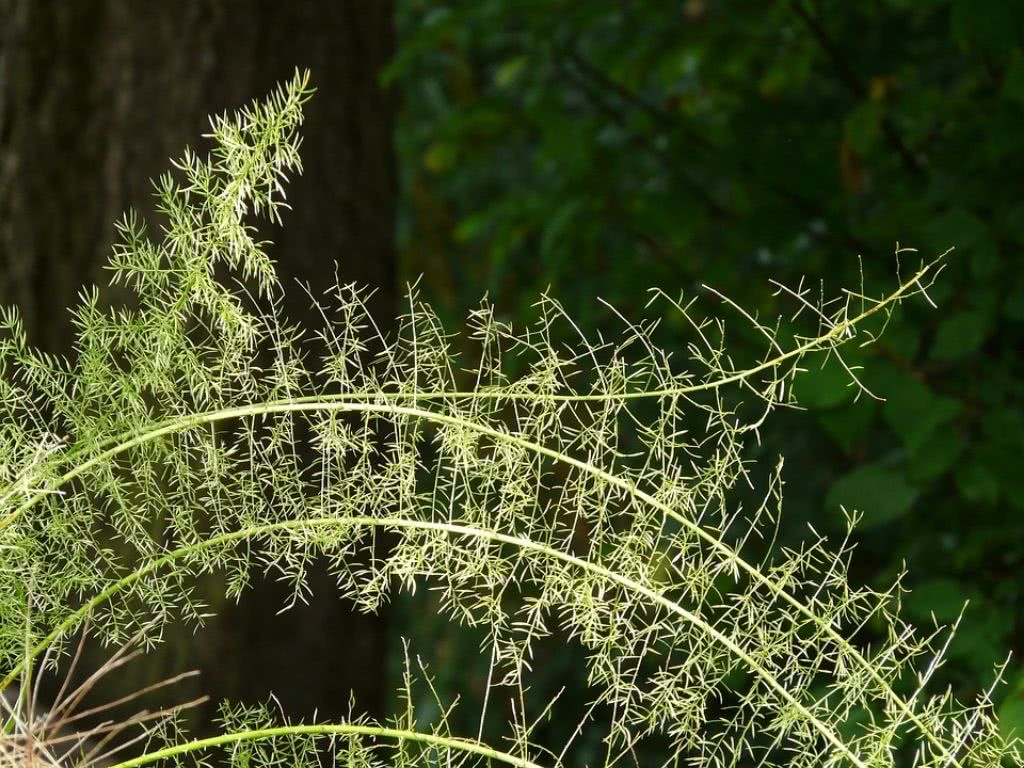
The star plants are the highlight of the vertical garden. They are the ones that will catch the attention of those who pass by your project. Normally, they are more expensive and sold in pots (adult plants), having a slower growth. A classic example of a star plant is the Monstera deliciosa, which has a thicker texture and heart shape, enchanting all who come across it.
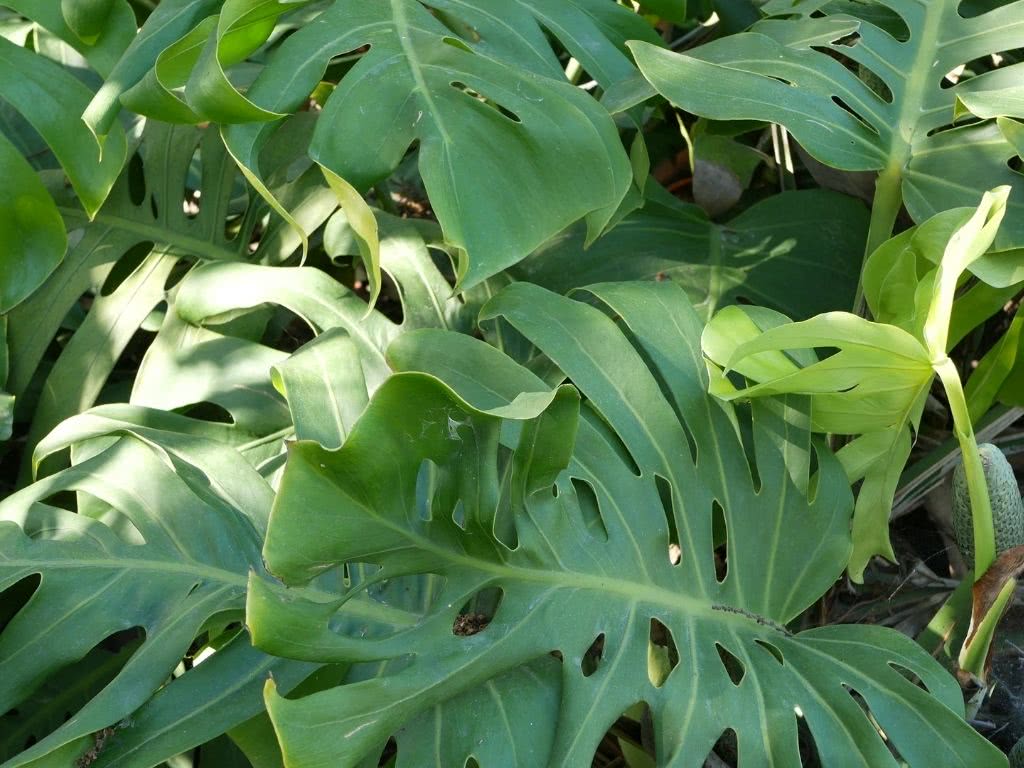
Another important classification concerns light, since light is a fundamental element for photosynthesis. Thus, regarding light, there are full-sun plants and partial-shade plants. A tip is to keep notes in a file or notebook about the conditions of each species to facilitate the design of the vertical garden for the client, according to the environment.
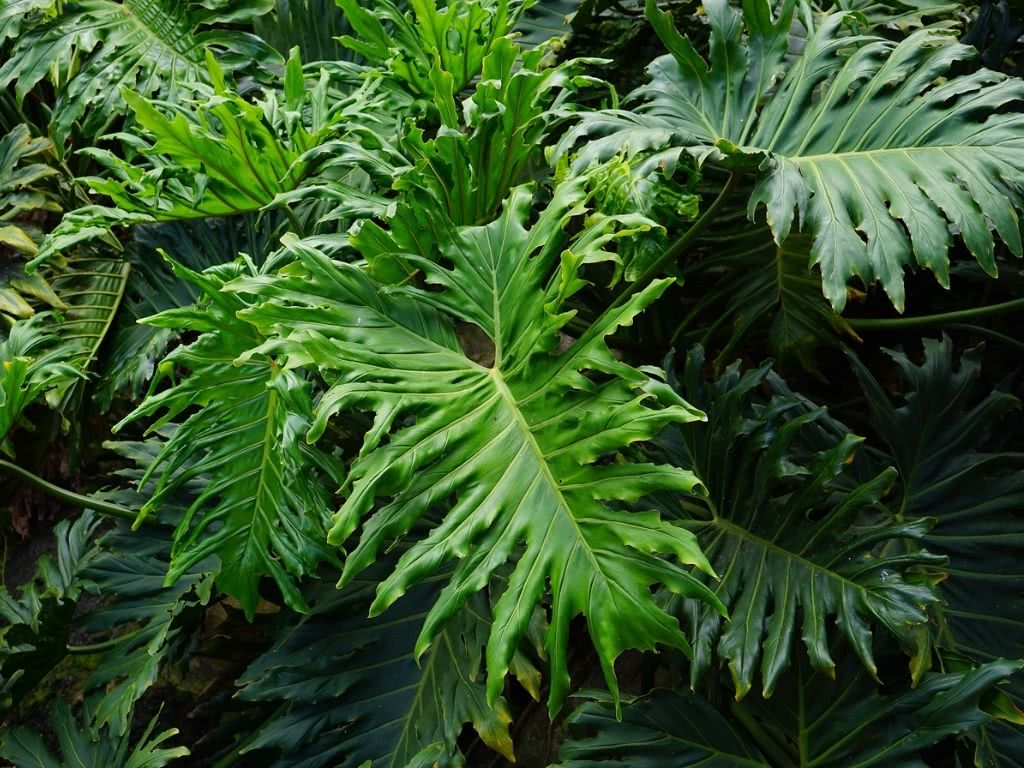
The full-sun plants are those that need and/or withstand at least 6 hours of daily sunlight to develop, such as the Guaimbê. The partial-shade plants present a greater variety than the full-sun ones. Thus, they are characterized by enjoying indirect light, do not like dark places, but also do not withstand full sun, like the Pothos. Besides the full-sun and partial-shade plants, there are indoor plants, which are usually partial-shade species. In indoor environments, care must be doubled, since there is lower air humidity, lower ventilation, and lower lighting.

The “Right” Choice…
In general, there are no ideal plants for vertical gardens, but rather plants that adapt to the environment in which the vertical garden will be installed. Therefore, it is important that you allow yourself to make mistakes and always seek more information about the peculiarities of each species. If a plant does not adapt to the vertical garden, replace it with another.
Always consider your client’s wishes, but never let your client’s demands override the needs of a species. Be professional and offer alternatives that respect the client’s expectations, the technical landscape aspects, and the health of the plants.
Another important tip is to limit yourself to up to 12 different species to compose the project, so the vertical garden does not have a confusing aspect, highlighting both the ground-cover and star plants in a uniform and pleasant way. Take advantage of these tips and create unique green projects, leaving your mark as a landscape designer throughout the World.

